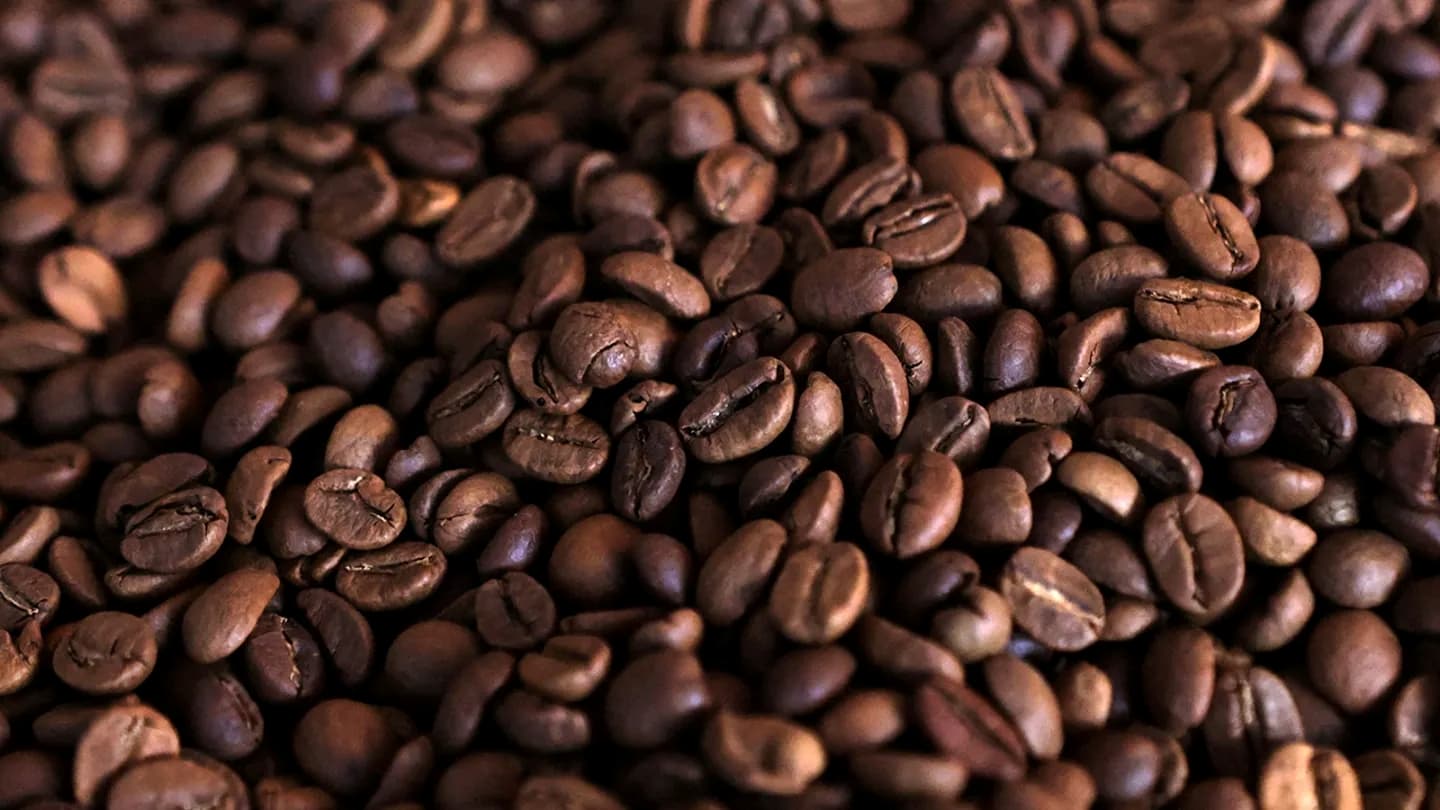Coffee prices retreated on Wednesday, erasing earlier gains, after updated weather forecasts predicted widespread rainfall across Brazil’s key coffee-growing regions later this week.
May arabica futures fell by 1.23% to close at a loss of 4.90 cents, while May robusta contracts declined 1.43%, or $80.
The session initially opened on a bullish note, with arabica reaching a two-and-a-half-week high. Market sentiment was driven by weather concerns in both Brazil and Vietnam, the world’s top producers of arabica and robusta, respectively. Brazil’s leading coffee cooperative, Cooxupé, warned that abnormally high temperatures and below-average rainfall in February could negatively affect this year’s arabica harvest. In Vietnam, authorities in the Dak Lak region — the country’s main coffee-producing area — forecast continued hot and dry conditions through the end of March.
Despite today’s pullback, fears of tightening global supply continue to support prices. According to Cecafé, Brazil’s green coffee exports fell by 12% year-on-year in February, totaling 3 million bags. The country’s crop forecasting agency, Conab, has also revised its outlook downward, expecting the 2025/26 harvest to fall 4.4% year-on-year to 51.81 million bags — the lowest in three years. The 2024 crop forecast was also reduced slightly to 54.2 million bags.
Inventory levels are providing mixed signals. Robusta stocks monitored by ICE climbed to a seven-week high of 4,414 lots, while arabica inventories dropped to a one-month low of 777,708 bags.
Adding to the bearish tone, a recent outlook by Marex Solutions projected a wider global coffee surplus in the 2025/26 season, reaching 1.2 million bags, up from 200,000 bags forecasted for the 2024/25 cycle.
In Brazil, recent rainfall has temporarily eased drought concerns. According to Somar Meteorologia, the Minas Gerais region — Brazil’s largest arabica-producing area — received 31.2 mm of rainfall in the week ending March 22, equivalent to 102% of the historical average.
Meanwhile, export data from Vietnam continues to weigh on robusta prices. The country’s General Statistics Office reported a 6.6% year-on-year increase in coffee exports for February, totaling 169,000 metric tons. Despite a severe drought that reduced Vietnam’s 2023/24 robusta crop by 20%, production in 2024/25 is expected to dip only slightly to 27.9 million bags, according to the USDA. However, the Vietnam Coffee and Cocoa Association has lowered its own estimate further to 26.5 million bags.
Global coffee trade figures show mixed performance. While Brazil’s 2024 coffee exports surged 28.8% to a record 50.5 million bags, the International Coffee Organization (ICO) reported a 12.4% decline in global coffee exports in December, and a 0.8% drop over the October–December period.
The USDA’s latest report, issued in December, forecasts global coffee production to rise by 4% in 2024/25 to 174.855 million bags. However, ending stocks are expected to fall 6.6% to 20.867 million bags, marking the lowest level in 25 years.
Separately, commodity trader Volcafe revised its outlook for Brazil’s arabica output in 2025/26 to 34.4 million bags, down by 11 million bags from its September estimate due to prolonged drought. The firm also projected a global arabica deficit of 8.5 million bags, extending the deficit trend for a fifth consecutive year.


